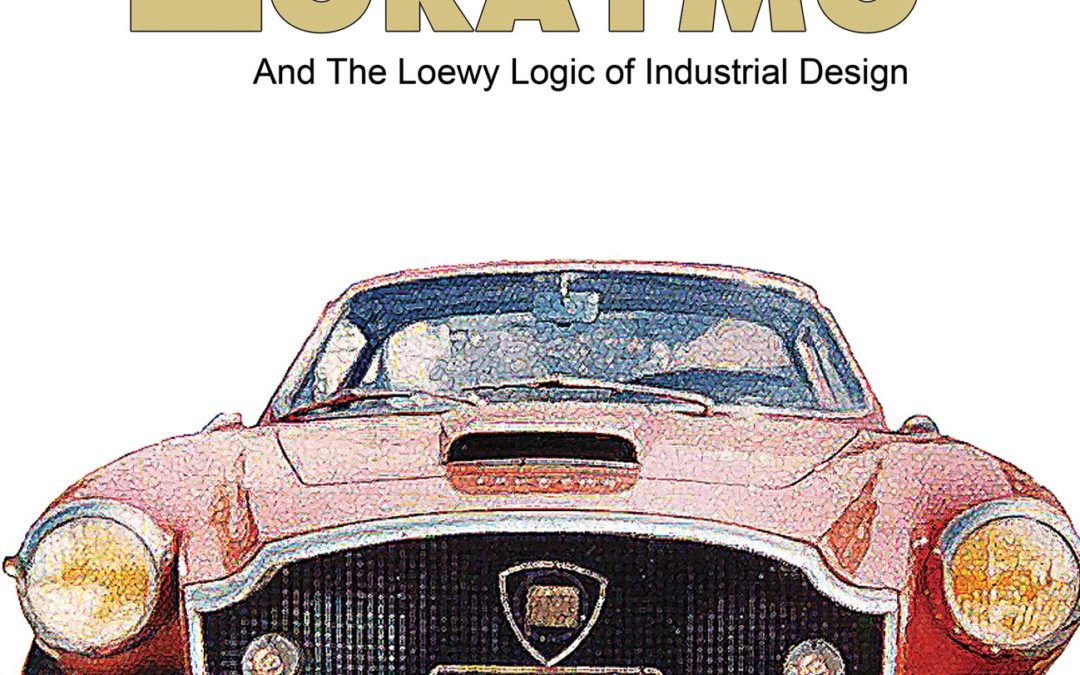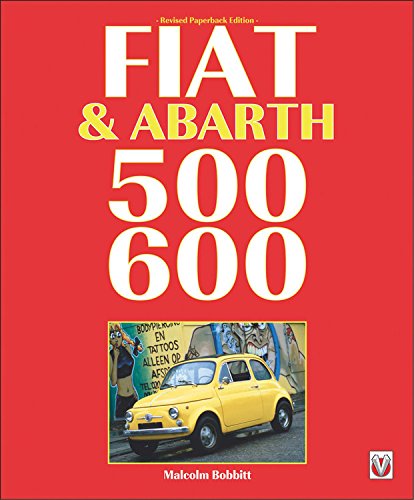
Savage Angel Death and Rebirth at the Indianapolis 500
SAVAGE ANGEL author, Ted Woerner, was an 11-year old Swede Savage “super fan” sitting in the turn 4 grandstand at Indianapolis Motor Speedway on May 12, 1973. He watched and cheered as his hero broke the track record in time trials for the Indianapolis 500.
When race day finally came around more than two weeks later, he was sitting in his 6th grade classroom on a Wednesday afternoon in suburban Chicago. He listened to the rain-delayed race through a wired earplug connected to a transistor radio that he had brought to school that day. His excitement when Swede took the lead of the race turned to shock as he heard the news over the live radio broadcast that his hero had just been involved in a horrific crash only an hour into the race. He struggled to hide his emotions from his teacher. Swede Savage would die from complications from his injuries thirty-three days later.
“Soon after Swede’s death, I read that his wife was at the race, that she was pregnant, and that she witnessed his crash from the grandstand behind the pits,” recalls Ted. “I became immediately concerned about the well being of Swede’s wife and new baby, who by the time I read this book had already been born. I just couldn’t imagine how a child could enter the world under such circumstances.”
Through an improbable turn of events, Ted would finally meet Swede’s posthumous child, Angela Savage, as a grown adult over forty years later. A sacred friendship was formed between them, forged in the crucible of the same fiery tragedy. Now, several years after they first began the arduous and painful task of chronicling Swede’s life story and Angela’s complex and tumultuous life that followed, their book, SAVAGE ANGEL, is complete.
The book is a long overdue biography of Swede Savage. We finally get to know the man behind the windscreen as he pursued his childhood dream to win the Indianapolis 500. But the story doesn’t end with his death. It goes on to describe what it was like to be in the immediate family of a man whose lifetime passion was the world’s most dangerous profession. We feel their raw emotions as his final days unfolded in an Indianapolis hospital’s intensive care unit and learn how they attempted to go on with their lives after suffering such an immense and unexpected loss.
Through recent medical studies, it is now known that the baby girl born to Swede’s widow, Angela Savage, likely suffered transgenerational PTSD in her mother’s womb. Sheryl Savage not only witnessed her husband’s horrific crash from the grandstand, but also endured unimaginable stress as Swede struggled for life for another month thereafter. The book goes on to explain how the complex mental health issues, addictions, alcoholism, and general instability in Angela’s life, now appear to have been genetically hard-wired into her as a result of a statistically nearly impossible confluence of rare disorders and life experiences rarely found in a single person.
After being understandably vacant from the sport of auto racing her entire life, Angela Savage decided to accept an invitation from a small group of her father’s fans to come to the Indianapolis 500 for the first time in her life, forty-one years after the death of her father there. With additional support provided by the Indianapolis Motor Speedway, the trip was a life-changing experience. At Indy, she was showered with unconditional love. The embrace she felt from “the racing family,” and her unimaginably brave confrontation of the place where her father’s life ended, would change her life forever.




